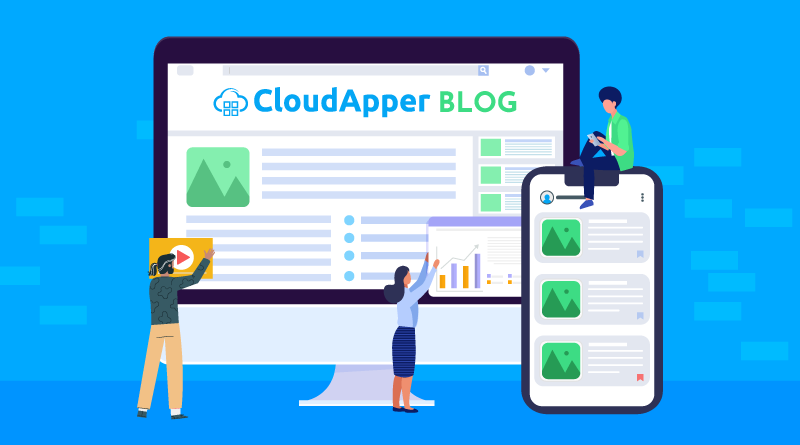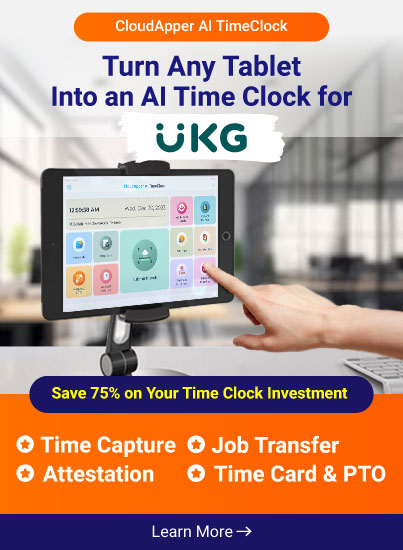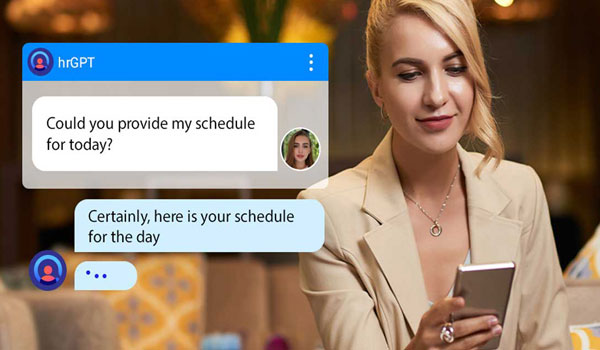Table of Contents
Employee visibility periods are vital for effective workforce management. This blog post seeks to clarify the complexities of managing employee visibility periods by focusing on submission periods, visibility period actions, request periods, and employee priorities. Before we get into specific actions, let’s review the essential terminologies and concepts linked with this critical aspect of workforce optimization.
Understanding Key Concepts
Submission Period
The submission period refers to the period in which an employee may request a schedule adjustment. It is a vital phase that promotes workforce flexibility and adaptability.
 Visibility Period Action
Visibility Period Action
This is a configurable action that may be configured to occur at the start or end of an employee’s visibility period. For instance, workflow notifications that alert employees to an impending visibility period or activate certain business activities once the period expires.
Request Period
The request period specifies a date range during which employees can submit requests. For example, if the request period is from July 1 to August 31, employees can only submit requests during July and August.
Employee Priority
Employee priority manages the order in which submission periods begin and close, based on the worker’s position or seniority. This feature gives higher-ranking personnel priority when selecting shifts or vacation periods in a queue-based bidding procedure.
Configuring Employee Priority
To enable this feature, configuration is necessary in two key areas:
- Scheduler Setup > Sorting and Matching > Procedure Sets.
- Application Setup > Employee Self-Service > Request Submission by Employee Priority.
Additional Configuration Requirements
- Group Type: Define the Hyperfine query of employees eligible to submit requests.
- Recurring Period: Define the schedule repetition interval.
- Rolling Period: Establish the schedule’s forward movement, allowing employees to request changes after a specific lead time.
Note: Following the setup instructions given in the relevant sections is critical to successfully integrating these features.
Conclusion
Effectively managing employee visibility periods requires more than simply sticking to deadlines; it also requires developing a dynamic and responsive working environment. Understanding and adopting the concepts discussed in this article can help organizations optimize scheduling processes, increase employee satisfaction, and contribute to a more streamlined and effective workflow. Explore the relevant subjects to get started on your journey to developing a workforce management plan that is in sync with your organization’s aims.
 Visibility Period Action
Visibility Period Action








